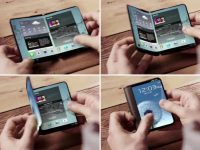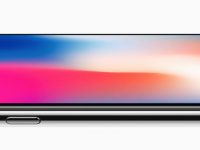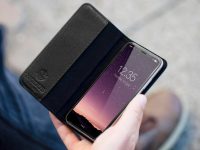Its 3 years since we saw the first glimpse of the Apple smartphone and over the past 2.5 years it has changed the face of the mobile industry. The iPhone in no time has managed to top the charts and become one of the biggest money churners for Apple. This is to such an extent that iPhone now makes more money for Apple than what Nokia the biggest manufacturer of cellphones in the world earns.
So its natural for us to compare any new smartphone with the iPhone and its a fact that many of them came up after the iPhone with a similar design. Is that a right approach? While I still believe that comparing phones of different form factors is not exactly the right thing to do, the fact remains that the innovation on the iPhone is not just about the form but a lot more. The UI, multi touch support since inception, stunning web integration and the App Store to name a few. These things are independent of the form factor, and I won’t be surprised if we shall see something which is not a full touchscreen (i.e. sans keyboard) like the iPhone succeed beyond the heights that Apple has touched in this market.
One thing that makes me love the Palm Pre is the astonishing integration of a
QWERTY and a full touch screen. Given quick OS updates and innovation that Palm CEO Jon Rubinstein promises, I am happy if its true that he has never ever used an iPhone. Yes thats true, Jon claimed that he hasn’t ever used an iPhone. More here
Having said that I would be keen to watch what Microsoft comes up with in the form of Windows Mobile 7 at Mobile World Congress (MWC) next month. Not that Steve Ballmer hasn’t used an iPhone (he might say so), but Microsoft is about the masses and not necessarily targeting the best user experience. Given the importance of compatibility and sharing that the masses cherish, Microsoft might well make a return to the smartphone industry in 2010. Even if not, there are plenty of other exciting platforms like Maemo and Bada OS (yes I am excited about the possibility that low cost handsets like Corby can get a quality OS) that will drive the next generation of smartphones from leading manufacturers; unless of course if the 4G again changes the industry dynamics (unlikely!).




